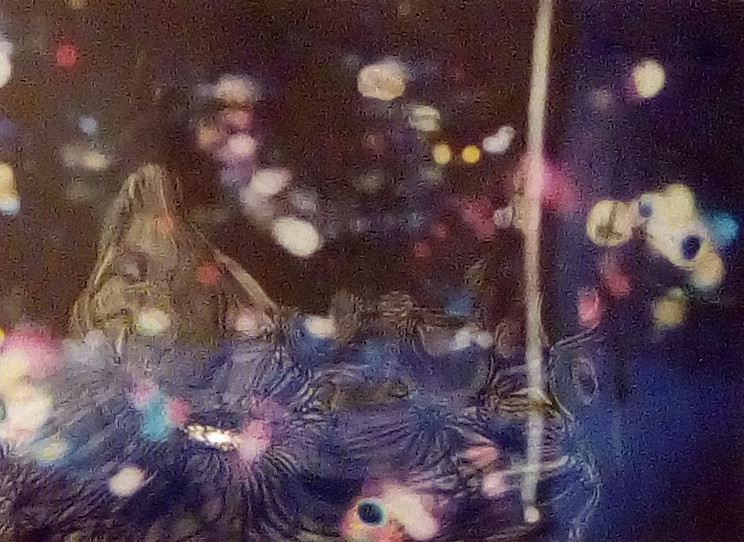




AutonomousAutonomousAutonomousAutonomous
SystemsSystemsSystemsSystemsSystems
AutonomousAutonomousAutonomousAutonomous
SystemsSystemsSystemsSystemsSystems
From self-guided cars to AI-controlled weaponery systems, “autonomous systems” has become an omnipresent buzzword in today’s media. While the current use of the term is focused often on political and ethical aspects of self-steering and self-learning algorithms and digital technologies, the historical idea of autonomy includes discourses about sovereignity of nations as well as Kant’s reflections on the autonomy of art. Yet the multitude of concepts and ideas related to the term “autonomous systems” makes it often hard to define what exactly is behind it.
More about the project.




